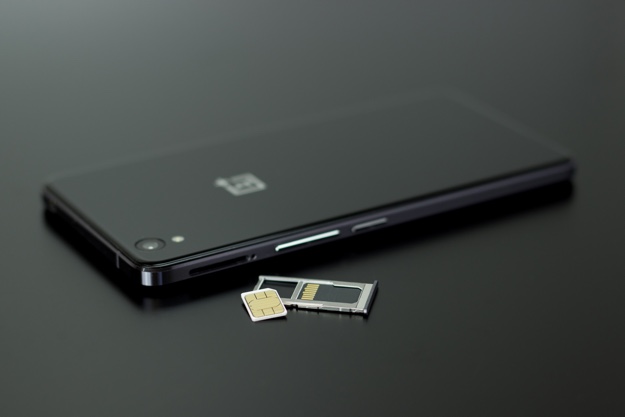ARM Wants To Integrate A SIM Card Into Your Future Smartphone's Processor

ARM, however, is looking to devise a way to shrink the SIM card down so that it is incorporated into future mobile processors. By removing the physical SIM, its tray and components necessary to support its operation, additional real estate is opened to add more functionality to smartphones, or perhaps even squeeze in a larger battery. This so-called iSIM will also allow manufacturers to integrate cellular capabilities into increasingly smaller devices in the IoT realm.
ARM's solution would integrate the processor, cellular modem and iSIM into a single package to significantly reduce costs and space requirements. The iSIM would take up mere fractions of the space occupied by a 12.3 x 8.8mm Nano SIM and its retention bracket.

"Simplification and cost efficiency are necessary to ensure that as the IoT grows, the management of credentials is transparent and interoperable," writes ARM VP Paul Williamson. "The evolution of embedded SIM (eSIM) and more recently integrated SIM (iSIM) form factors is essential for providing secure identity to cellular IoT devices."
Some manufacturers, like Apple, have adopted eSIM technology for devices like the Apple Watch. ESIMs are integrated onto a device's PCB and cannot be removed. They are programmable, allowing the user to quickly and simply switch to a different wireless carrier on-demand. Likewise, Google adopted eSIM technology for its Pixel 2 family of smartphones. However, ARM's iSIM takes that idea to the next level.
It's expected that IoT devices will be the first to receive iSIM technology, but it's quite possible that smartphones and tablets could incorporate the tech with future ARM-based Qualcomm Snapdragon and Apple A-Series processors (among others).

